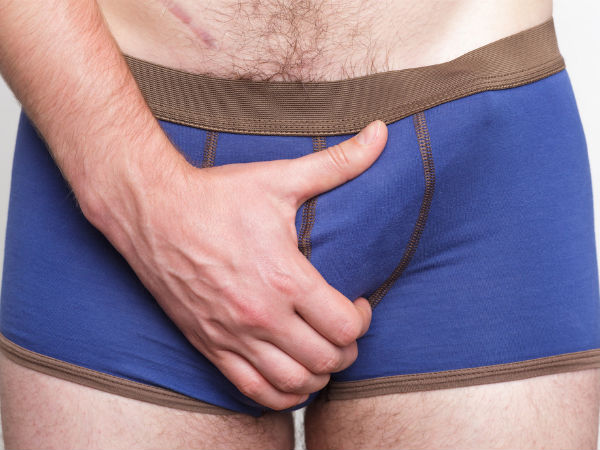
Research states that swollen testicles has been one of the major concern for many men from past few decades. If you have any such concern, then read all about it below.
Causes, symptoms and treatment
Hydrocele : Hydrocele is a common cause of swollen testicles. Men can develop it at any age, however it is most common among the newborns and the elderly. Hydrocele occurs when fluid accumulates between the two membranes that cover the testicles.
Swelling thus caused is usually soft and compressible. One or both testicles may be swollen. Hydrocele swelling gradually increases over a period of weeks or months. Surgery can cure hydrocele, or the fluid may be drawn out of the testicular membrane using a fine needle (fine needle aspiration is quite painful, so some men prefer surgical options).
[an error occurred while processing this directive] Varicocele : Varicocele affect 15% of men at some point in their lives. It is not a life threatening disease but it is associated with 35 % of male infertility cases in the world. It occurs when blood flow within the spermatic cord veins becomes obstructed, resulting in a swollen scrotum. When standing, the swollen veins in the scrotum may feel like a "bag of worms." The scrotum appears less swollen when the man lies down. Surgery to correct varicocele is used if fertility is an issue.
Testicular Cancer : Swollen testicle can also be a symptom of testicular cancer. However, it should be noted that a swollen scrotum is more likely to result from other disorders than cancer. Some of its symptoms include hard lumps on the testicles, or even lower back pain or pain when touched. Today, testicular cancer has one of the highest cure rates of all cancers: in excess of 90%; essentially 100% if it has not metastasized. So, make sure to meet the doctor for the prescribed treatment at the earliest.
Spermatocele (Testicular Cysts): A spermatocele is a cyst that develops in the epididymis — the small, coiled tube situated in the upper testicle that collects and transports sperm. It is generally painless and noncancerous. Spermatocele contain sperm and usually appear on the top portion of the epdidymis. It usually causes no signs or symptoms and may remain stable in size. If it becomes large enough, you may experience discomfort, pain and a feeling of heaviness in the affected testicle. It may typically not require any treatment, however surgery or needle aspiration may be employed if the spermatocele is large enough to affect the appearance of the scrotum.



 Click it and Unblock the Notifications
Click it and Unblock the Notifications









